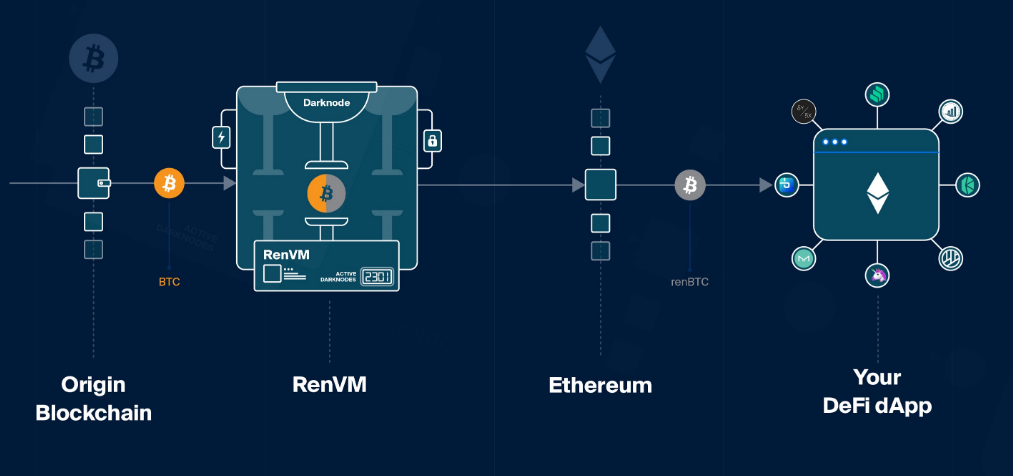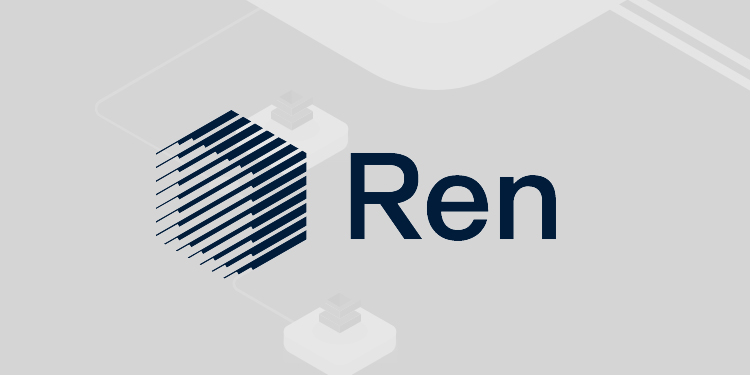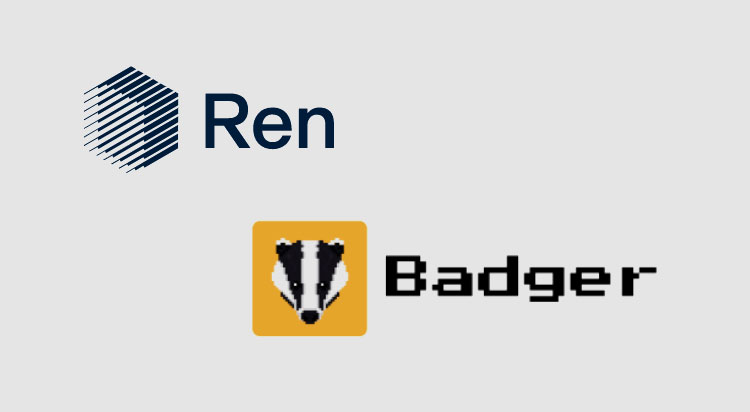Ren, an open protocol that enables the permissionless and private transfer of value between any blockchain, announced today it is now closer than ever to launching its mainnet. The impending launch follows last year’s release of a working testnet and launch of a developer portal.
With the final stages of testing now underway, the goal is to go live with a stable and secure deployment of RenVM, to be known as Mainnet SubZero. Ren recently began a Hyperdrive audit, and its RZL sMPC audit is ready for scoping. So far, no problematic issues have been encountered.
“This year promises to be an exciting one for the Ren project, with the much-anticipated release of Mainnet SubZero. We have hit the ground running this year, and a lot has been achieved in January. In preparation for the fast-approaching Mainnet SubZero release, we have been focused on tighter testing iterations, more open-source repositories, and more documentation.”
– Loong Wang, CTO, Ren
RenVM serves as the engine that powers Ren. Using a new secure multiparty computation algorithm, RenVM provides one of the only practical privacy + interoperability solutions that can scale and is the only solution that allows for private computation over multiple inputs and multiple parties. RenVM is not a product or an application in and of itself. RenVM is a network (and an accompanying SDK) that allows developers to bring multi-chain functionality to their applications.
Four pillars making up RenVM:
- Shamir’s Secret Sharing – The foundation of how RenVM keeps user data secret
- Secure Multiparty Computation (sMPC) – How RenVM efficiently runs secret scripts
- Byzantine Fault Tolerance – Uptime in a dynamic and potentially malicious environment
- Hyperdrive – Fast decentralized consensus: RenVM uses a modified version of the Tendermint consensus algorithmic designed specifically for sharing and sMPC.

Highlights of January’s Progress
RenVM
- RenJS was completed and released. It is a low-level library for third-party developers to use when building user-interfaces, command-line tools, and bots to interact with RenVM.
- GatewayJS has been completed, and Ren is gathering feedback on its UX from different people throughout the DeFi community before its release. This will allow third-party developers to quickly build safe user-interfaces that offer a fully integrated and native BTC experience for their users. It is currently being integrated into the ChaosDEX as a demonstration.
- The first draft of the RZL sMPC paper is now at a stage where it is ready for auditing. When the Hyperdrive audit is completed, the Ren team will hand this over for formal auditing. Once publicly verified by auditors, it will give Ren developers and those who plan on utilizing RenVM full confidence in the correctness of the core execution engine within RenVM.
- Began the development of the next major version of Lotan: a chaos testing framework for RenVM. This new version of Lotan uses the RenJS library to run fuzz tests, load tests, crash tests, and backward compatibility tests against RenVM. Using RenJS also helps find any bugs that might exist in the RenJS library. Lotan can run tests against local and remote deployments of RenVM, making testing cycles faster and more comprehensive. This is the final stage of testing for RenVM before Mainnet SubZero.
Smart Contracts
- Added the new Protocol smart contract. It offers easy lookup and configuration of the on-chain smart contracts that are used by RenVM. This makes deploying different versions of RenVM to different networks easier, faster, and prone to fewer errors. This will be utilized by Ren testing frameworks and aims to improve third-party developer experiences.
Other
- Began migration of the project management to GitHub in preparation for more open-source contributions, and more transparent development issues/milestones. Ren also released more detailed documentation on its Wiki. Users are encouraged to give ideas/feedback/criticisms on GitHub Issues (a new place for long-form and persistent discussions about the design of RenVM).
- Started to refactor some codebases into smaller open-source repositories. This makes more of Ren’s codebase available to the public, and breaks them down into smaller, easier to understand, components. This month, Ren released surge (simple and efficient binary marshaling) and bound (collections that prevent accidental memory leaks).
- Continuing to gather members of the Ren Alliance, and participants for the semi-decentralized core that will secure RenVM during Mainnet SubZero and Zero while it gains adoption and achieves economic stability. Those who are interested in using RenVM, or supporting it by participating in the semi-decentralized core are inviting to join the Alliance.






















